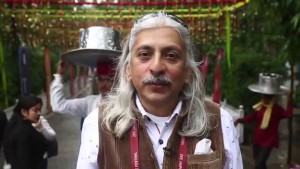
The second factor is – we are able to get the Occident and the Oriental to have a confluence here. There is democratic access. We tell everyone ‘whoever you are, please come and make merry.’ We don’t make a fuss about celebrities.
This year’s Jaipur Literature Festival, JLF for the regulars, was truly magical – a charming blast of the best of world and Indian literature, cinema, current affairs, music, conflict, food and color. What makes this festival really spectacular is scale – to more than 2,50,000 people from across continents, mostly below 40, walking in over five days to listen to 300 speakers and 104 musicians. Cutting edge technology with barcodes and live webcast was viewed by one million.
Without doubt, this is way beyond the capability of an event management company. It’s a serious case study in deft planning, engaging people management and execution excellence. The most challenging perhaps was expectation management and JLF seems to be surpassing that year after year for the last eight years. So, what’s the secret sauce?
Sanjoy Roy, the managing director of TeamWorks Arts Pvt Ltd, who produces and runs JLF, adds his own glamour with his trademark shoulder long silken hair. He offers a glimpse into what goes into making JLF a festival to wait for in his chat with Benedict Paramanand in Jaipur
Give me a sense of how many people work to make JLF happen?
1200 people work on the festival for months. Of them, 200 are volunteers, 600 service providers, 100 colleagues from TeamWork and then all adjoining and adjunct collaborators. The core team consists of about 65 of us in Delhi and 10 in other parts of the country.
We have a (stringent) process for training volunteers with programs and workshops. Everybody writes into us from across the world. After they are short-listed, we do Skype interviews, personal interviews followed by three workshops.
That’s intense volunteering…
They are the backbone and the ambassadors of the festival. Everything that goes into managing this, peak resources, there is electronics of it, updating, there is data crunching. Data is more valuable as we have security concerns. We pay everybody a stipend with a certificate.
What are the three factors that contribute to JLF’s success?
I think they are about five or six in no given order.
One is the fact that it’s in Jaipur. Jaipur, unlike Delhi or Bombay, but like Edinburgh is a festival city. I define it as composite, its accessible, has built heritage, sense of history, and has other things to do like retail therapy.
The venue (Diggi Palace) gives a sense of history. When we started it, it was in the Durbar Hall, it was very simple, we would pray that it would fill up. But it started expanding every year exponentially.
The venue also expanded every year. They added more 80 toilets, new kitchens, new facilities; we feed 1500 people every day for five days.
The second factor is – we are able to get the Occident and the Oriental to have a confluence here. There is democratic access. We tell everyone ‘whoever you are, please come and make merry.’ We don’t make a fuss about celebrities.
Today it is possible to access these authors or watch them online anytime but people come here for the experience. They come here to immerse themselves in the experience. The collective energy that you receive from the people here, despite the fact that it’s crowded, is something one should experience.
JLF is also special in that unlike festivals across the world where mostly older people go, here you will see kids from across the spectrum, schools, and colleges as well.
The good news is, the city of Jaipur thinks and believes JLF as its own festival. Here, everybody feels it’s their festival and we have consciously worked on making that happen.
What is your leadership style that’s making this festival tick?
I have wonderful colleagues, everybody who works with us are impassioned about the work they do. Our process on taking people is not only laterally, we prefer to grow them. In volunteers we see who are good, what their vision is, get them to work for a couple more festivals. So many of our colleagues have grown organically so they have an in-built philosophy in them which I think is the essence.
What is the percentage of people coming from outside Jaipur?
11% is international out of which 33% are from the US, 27% from the UK, 17% from Australia and 3% from Hong Kong. Among other Indian cities, 44% are from Delhi, Bombay and the rest from other parts of the country.
JLF has seen doubling of international visitors from 50 different countries and a 40% increase in student participation. The festival extended its mission of making literature accessible to all by taking authors to schools in Jaipur. We had 50 sessions over two weeks in partnership with Pratham Books.
What can the fledgling literature fests learn from JLF?
Many come to look at our model. The most important thing is not so much about replicating something but to create your own magic. Magic is intangible. I don’t think you can deconstruct success and then construct it again as we know in the creative field. If that was possible every Hollywood film would be a blockbuster and every festival would be the same. You have to build it around the uniqueness of your property.
Is JLF financially viable considering that the entry is free?
It’s been on for eight years now. It struggles; we make some money, not as much as I like to make. Primarily the number of visitors continues to outgrow in terms of what we grow through sponsorship. Sponsors I think are still wary of niche events like this. We get around 270,000 footfalls and a million hits online but still people (sponsors) are hesitant. We have to work with sponsors. Hopefully they perceive this festival’s incredible PR value. But money continues to be a challenge.
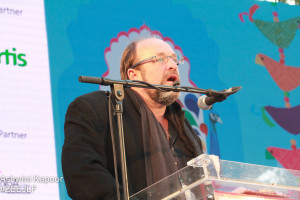
Eleven years ago William Dalrymple gave a reading at Diggi Palace (the same venue where JLF is held). Fourteen people turned up, of whom 10 were Japanese tourists who had lost their way. A decade later, Dalrymple said: “By some strange yogic sleight of hand, what became the Jaipur Literature Festival has miraculously shape-shifted into the largest free literature festival in the world.” The success of JLF has spawned 70 other literary festivals in South Asia. “We have become a catalyst for a major renaissance in a very ancient South Asian tradition – the public performance of literature.” JLF truly showcases Indian literature to the world and world literature to India.



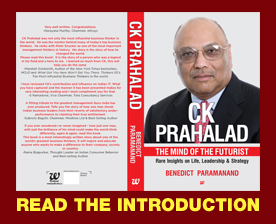


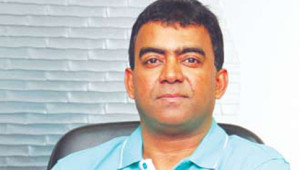
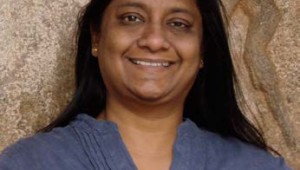



Recent Comments